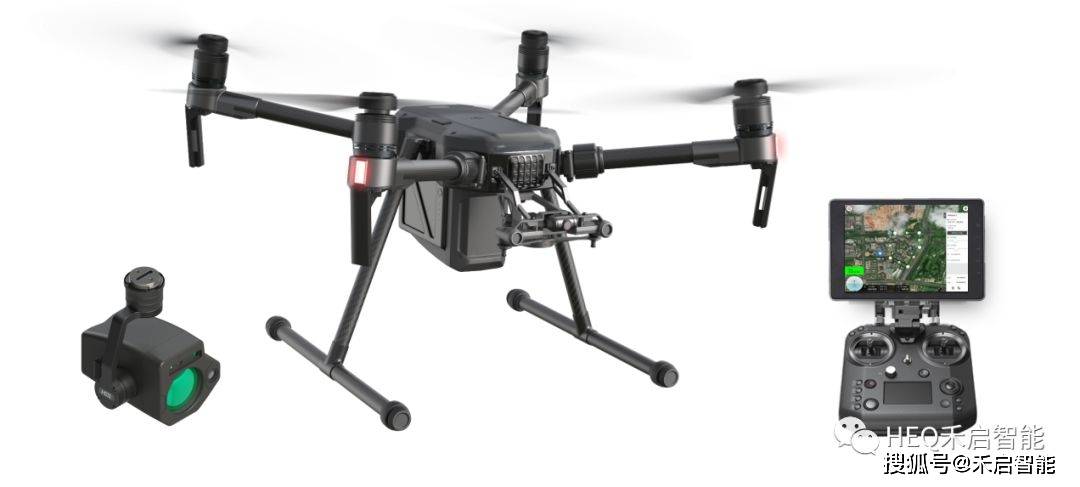In recent years, remote control drones have taken the world by storm, evolving rapidly with cutting-edge innovations that expand their horizons in technology, functionality, and usability. These aerial marvels, initially popular for recreational purposes, have now infiltrated various industries, enhancing operations across fields from photography to agriculture and even wildlife conservation.
Advancements in Drone Technology
With the introduction of more advanced drones, features like high-definition camera systems, sophisticated flight control algorithms, and enhanced battery life have become standard. The advancement of GPS technology has been pivotal, allowing drones to navigate complex environments with precision. Modern drones now boast auto-return features, intelligent obstacle avoidance, and advanced multimedia capabilities, lending accessibility to even novice users.
Commercial Applications
The versatility of remote control drones shines through their commercial applications. In the realm of photography and videography, drones have revolutionized the way we capture landscapes, weddings, and real estate with breathtaking aerial shots that were once impossible without expensive equipment. Meanwhile, in agriculture, drones facilitate crop monitoring, field analysis, and even targeted nutrient spraying, thereby maximizing efficiency and reducing waste.
Challenges and Future Potential
Despite their growing ubiquity, remote control drones face challenges regarding airspace regulation, privacy concerns, and environmental factors. Innovators are working tirelessly to address these issues, endeavoring to ensure that drones operate safely and ethically. As technology progresses, the potential applications for drones are virtually limitless, positing exciting prospects for their integration into smart cities, delivery systems, and emergency response operations.
Drone Regulation and Safety
Governments worldwide are focusing on creating comprehensive frameworks that balance safety with technological advancement. Drone enthusiasts must adhere to guidelines that protect privacy and ensure the safety of both operators and bystanders. Future improvements include enhancing AI-driven automation and boosting energy efficiency to extend flight times and operational range.
Although the development and deployment of remote control drones face various challenges, the innovations in technology and increased applications are overwhelmingly encouraging. Their future hinges on the ability to adapt and mitigate current limitations.

FAQs
Q: How do drones typically avoid obstacles during flight?
A: Most modern drones are equipped with sensors or cameras that detect obstacles in their flight path. They use AI algorithms to navigate and make real-time adjustments, ensuring a safe and uninterrupted flight.
Q: Can remote control drones be used for professional filmmaking?
A: Absolutely. Many drones come equipped with high-quality cameras and stabilizing features perfect for capturing professional-grade footage for documentaries, movies, and commercials.
Q: How far can drones usually fly?
A: Flight range varies significantly depending on the model, but most consumer drones can easily cover distances of several kilometers. Advanced models might stretch these limits with the integration of long-range control technologies.